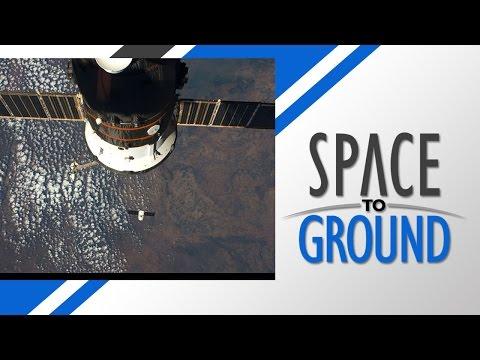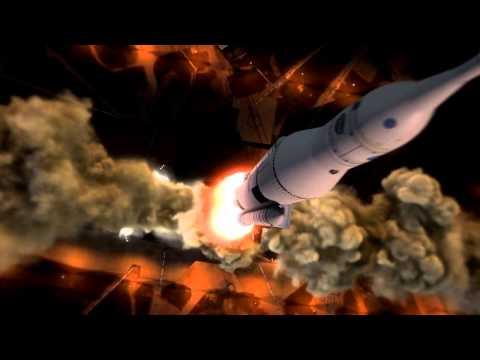Outer Space & Universe
Outer Space & Universe
Space, also known as outer space, is the near-vacuum between celestial bodies. It is where everything (all of the planets, stars, galaxies and other objects) is found.
On Earth, space begins at the Kármán line (100 km above sea level). This is where Earth's atmosphere is said to stop and outer space begins. This is not a firm boundary but is a convention used by scientists and diplomats.
Items in space are free to move back and forth; up and down; and left and right. These three dimensions are what make 3D space. Items also move forward through time, which is sometimes called the fourth dimension.
The majority of space contains very little matter and so most of it is a vacuum. Scientists do not know how big space is but we do know that space is extremely big, and is always expanding.
According to the big bang theory, all matter and energy in the Universe was compressed into a very small space. Then it exploded and started expanding. Space is still growing in size today; this means the distance from one galaxy to distant galaxies is getting longer.
Gravity is the force that keeps the Moon in orbit around the Earth and the planets in orbit around the Sun. Gravity can stretch and bend space similar to how a heavy ball placed on a stretched sheet of rubber will cause the rubber to stretch. The scientist who discovered that space can bend is named Albert Einstein. How gravity bends space is part of his theory of general relativity.
Astronauts, Cosmonauts, Taikonauts and Spationauts
An astronaut is any person who is trained by NASA to travel and perform tasks in space. Although the space traveler may not necessarily be a United States citizen, each astronaut does go through a rigorous training regiment by the National Aeronautics and Space Administration. Other space travelers go by other names then astronaut depending on their country of origin.
In the United States, astronaut is derived from the Greek words ástron (star) and nautis (sailor). While, in Russia, a space traveler goes by the name космонавт (English: cosmonaut), which is derived from the Greek words kosmos (universe) and nautis (sailor). Westerners call a space traveler from China a taikonaut, based on the 1998 writings of Chiew Lee Yik and Chen Lan where the term tàikōng (great emptiness), Chinese for “space”. In China, the term yuháng yuán (universe navigator) is used for space traveler.
Only the United States of America (United States), Russia (earlier, the Union of Soviet Socialist Republics), and the People’s Republic of China (China) have sent manned spacecraft into space. Other countries have assisted these countries by sending their own space travelers on space missions. For instance, a French space traveler is called a spationaut (from the French word spationaute), which is derived from the Latin spatium (space) and Greek nautis (sailor). (plural in Greek nautes = sailors)
-
11:39
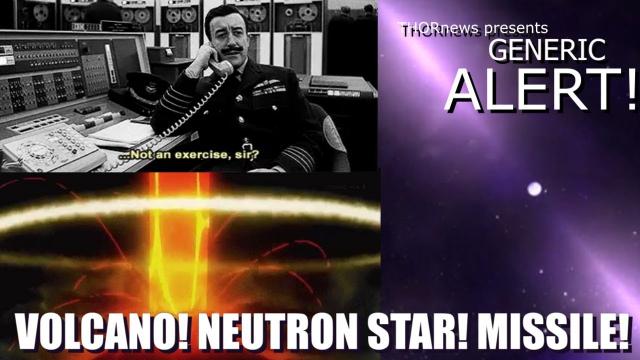
generic ALERT!!! Incoming Missile! Erupting Super Volcano! Inbound Neutron Star! wait. what?
Added 551 Views / 0 Likesgeneric ALERT!!! Incoming Missile! Erupting Super Volcano! Inbound Neutron Star! wait. what?
-
08:48
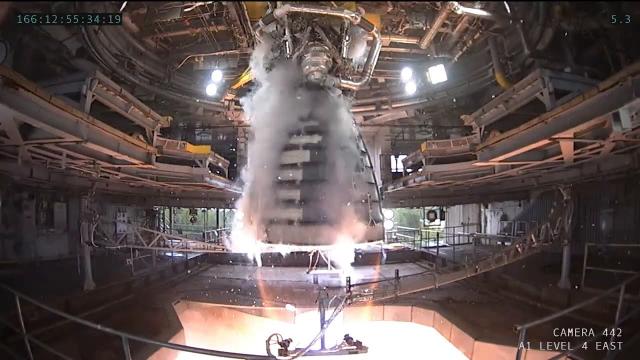
Hot fire! NASA's new Artemis rocket engines closer to certification after penultimate test
Added 164 Views / 0 LikesNASA has been conducting a series of hot fire tests to certify new RS-25 engines for use on the Space Launch System rockets that will launch Artemis missions to the moon. On June 15, 2023, the penultimate test in the series was conducted at NASA's Stennis
-
01:10
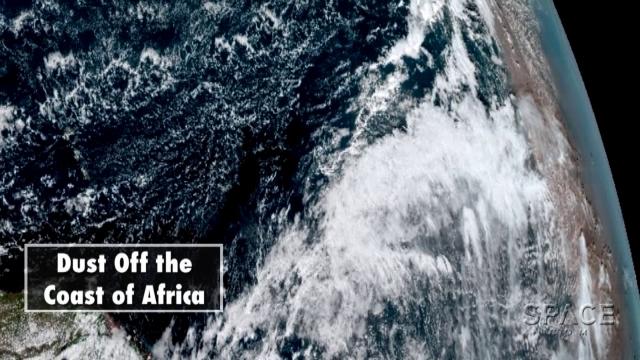
Breathtaking Earth Images Delivered By New NOAA Satellite | Video
Added 754 Views / 0 LikesBreathtaking Earth Images Delivered By New NOAA Satellite | Video
-
17:05
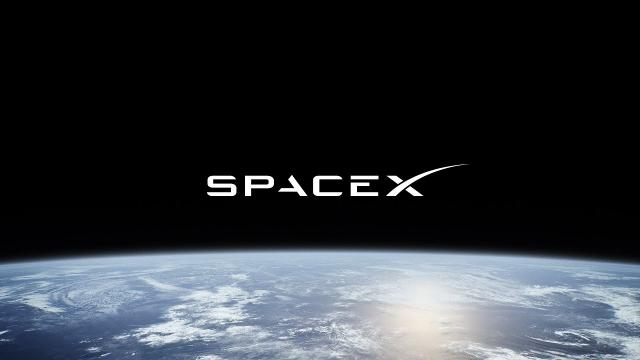
Starlink Mission
Added 160 Views / 0 LikesSpaceX is targeting Friday, August 19 for a Falcon 9 launch of 53 Starlink satellites to low-Earth orbit from Space Launch Complex 40 (SLC-40) at Cape Canaveral Space Force Station in Florida. The instantaneous launch window is at 3:21 p.m. ET (19:21 UTC)
-
02:42
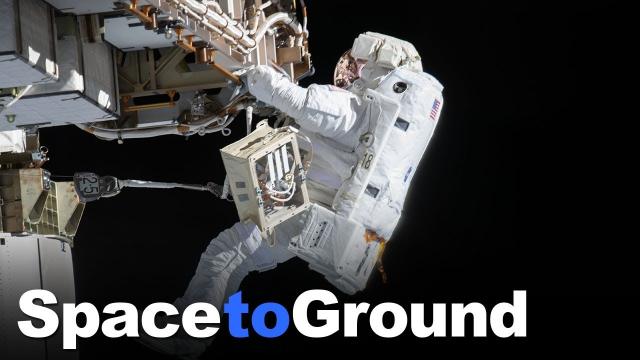
Space to Ground: Spacewalks & Story Time: 01/29/2021
Added 235 Views / 0 LikesNASA's Space to Ground is your weekly update on what's happening aboard the International Space Station. Got a question or comment? Use #AskNASA to talk to us.Learn more about the important research being operated on Station:https://www.nasa.gov/iss-scien
-
02:13
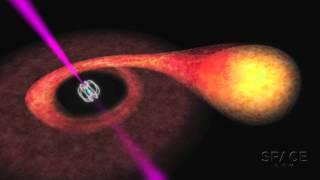
X-Ray Pulsar Pair Caught Morphing | Video
Added 846 Views / 0 LikesIt's like watching siblings tussle: Astronomers have finally witnessed a long-sought example of pulsar evolution. Designated PSR J1824-2452I, this X-ray Binary is being spun up to millisecond speeds by a tiny companion, 1/5th the Sun's mass. Read more abo
-
03:05
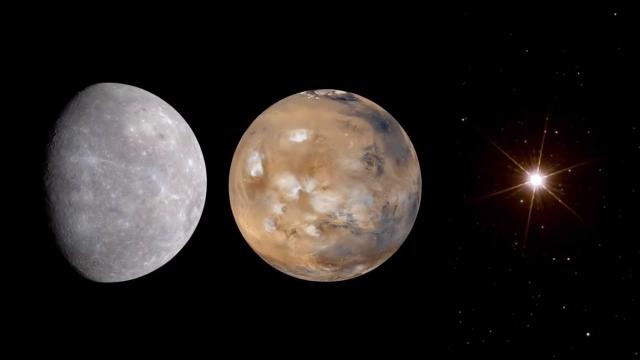
Mars-Moon occultation and Betelgeuse is 'acting weird' in Feb. 2020 Skywatching
Added 497 Views / 0 LikesFind out where Mercury and Mars are in the night sky in February. Also, learn why Betelgeuse is 'acting weird.' -- Night sky, February 2020: What you can see this month [maps]: https://www.space.com/16149-night-sky.htmlCredit: NASA/JPL-Caltech
-
02:28
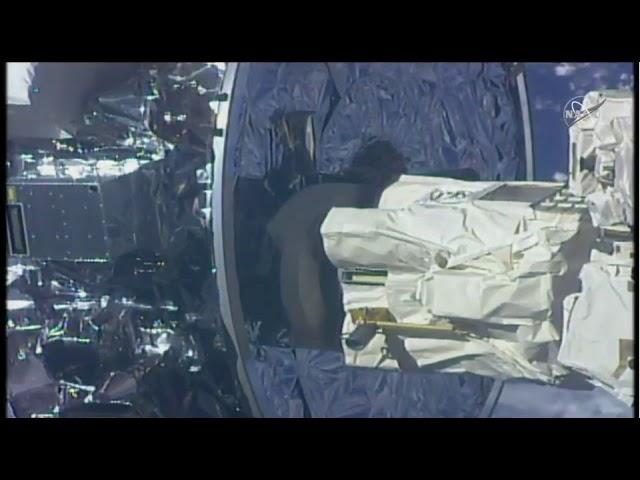
Cygnus Spacecraft Released from Space Station
Added 502 Views / 0 LikesThe Northrop Grumman Cygnus spacecraft was released from the International Space Station on Feb. 8, 2019. On an extended mission, it will launch a few cubesats prior to burning up in Earth's atmosphere. Credit: NASA
-
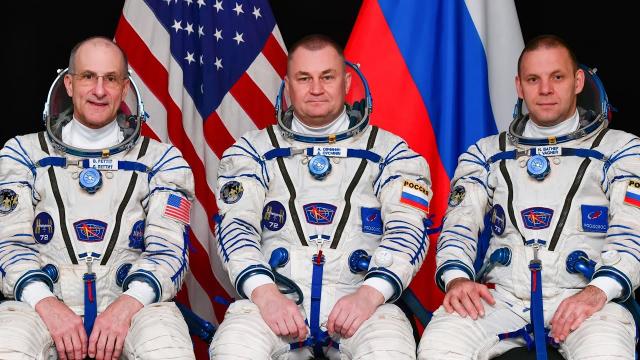
Watch live! US-Russian crew enters space station after Soyuz docking
Added 101 Views / 0 LikesWatch NASA astronaut Don Pettit and Roscosmos cosmonauts Alexey Ovchinin and Ivan Vagner enter the International Space Station after the hatch is opened on Sept. 11, 2024. The trio launched and docked with the International Space Station hour prior.
-
03:30
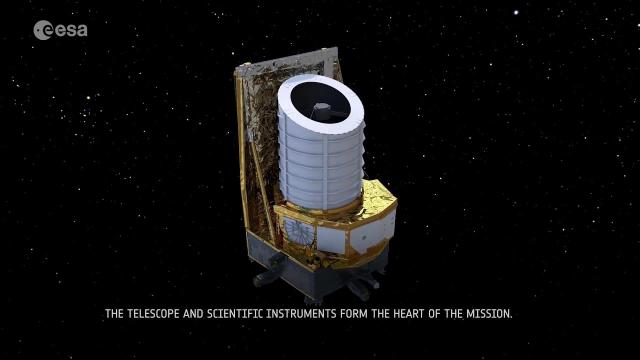
Uncovering the 'true nature of dark matter' - ESA's Euclid mission explained
Added 167 Views / 0 LikesThe Euclid mission objective is to " better understand what dark matter and dark energy may be," according to the European Space Agency. Credit: ESA - European Space Agency
-
07:09
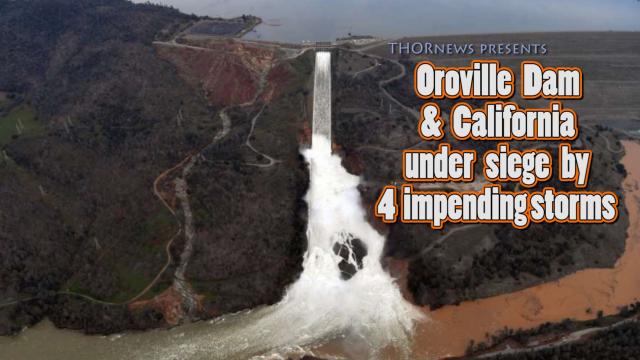
Oroville Dam & California under siege by 4 impending Storms
Added 584 Views / 0 LikesOroville Dam & California under siege by 4 impending Storms
-
01:08
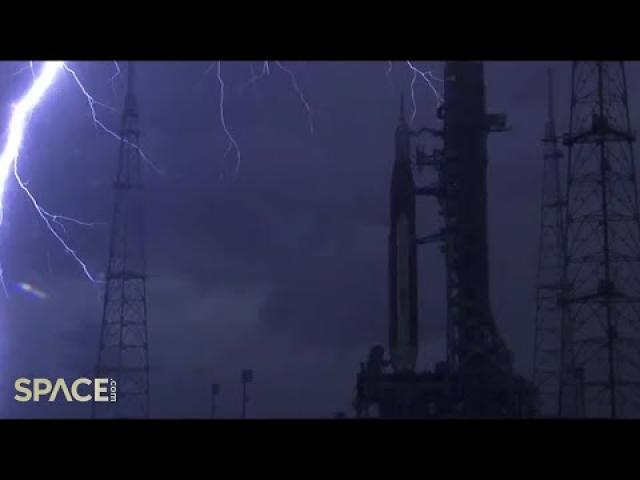
See lightning strikes near NASA's Artemis 1 moon rocket
Added 232 Views / 0 LikesOne of Launch Complex 39B's towers were struck lightning during a storm on Aug. 27, 2022. NASA Kennedy Space Center camera also caught another lightning strike near the Artemis 1 moon rocket. The massive Space Launch System rocket was not damaged. Credit:
-
00:24
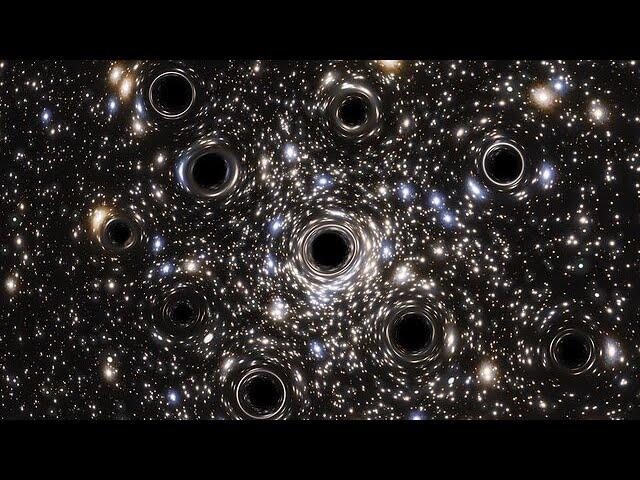
Artist’s Impression of the Black Hole Concentration in NGC 6397
Added 286 Views / 0 LikesScientists were expecting to find an intermediate-mass black hole at the heart of the globular cluster NGC 6397, but instead they found evidence of a concentration of smaller black holes lurking there. New data from the NASA/ESA Hubble Space Telescope hav
-
06:47
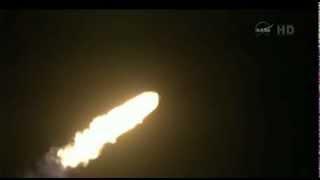
Lift-Off! SpaceX Dragon Heads to Space Station | Video
Added 886 Views / 0 LikesThe historic first commercial spacecraft to supply the International Space Station launched aboard a Falcon 9 rocket on May 22th, 2012. If it passes all on-orbit demonstrations, it will dock with ISS on May 25th.
-
02:45
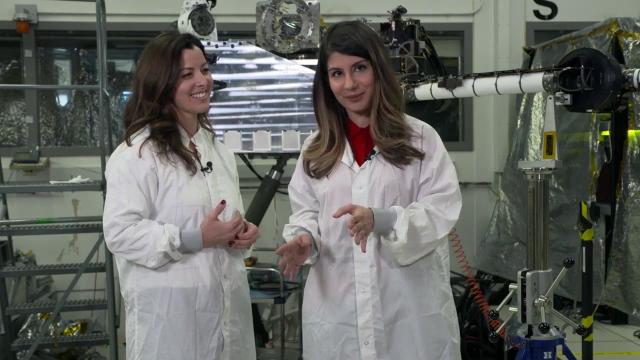
NASA's Mars Sample Return Plan - 2 Rovers, Lander and Orbiter Needed
Added 456 Views / 0 LikesNASA is developing plans, in collaboration with the European Space Agency, to collect samples of Mars and return them to Earth. Credit: NASA/JPL-Caltech
-
01:01
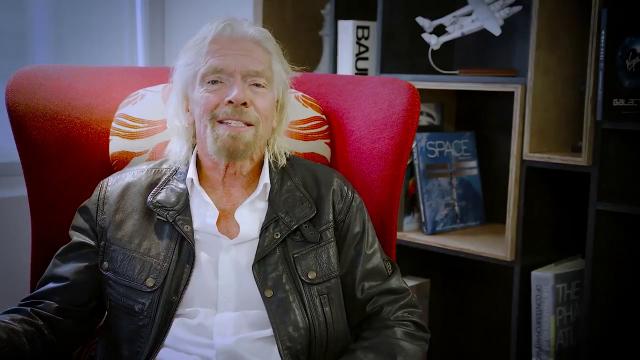
Virgin Galactic Prepares for Fifth Powered Flight
Added 442 Views / 0 LikesTwo months after Virgin Galactic pilots crossed into space for the first time, the company is back on the tarmac for another test flight of its VSS Unity.Credit: Virgin Galactic
-
01:15
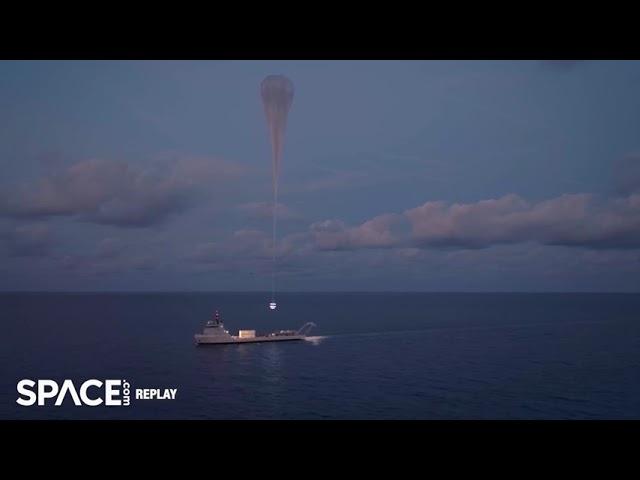
Space Perspective's 'Spaceship Neptune' balloon lifts off on first uncrewed test flight
Added 75 Views / 0 LikesSpace Perspective's 'Spaceship Neptune' balloon flew to the edge of space on its first uncrewed test flight on Sept. 15, 2024. It lifted off from a ship in the Gulf of Mexico. Credit: Space Perspective | edited by Space.com's [Steve Spaleta](https://x.com

